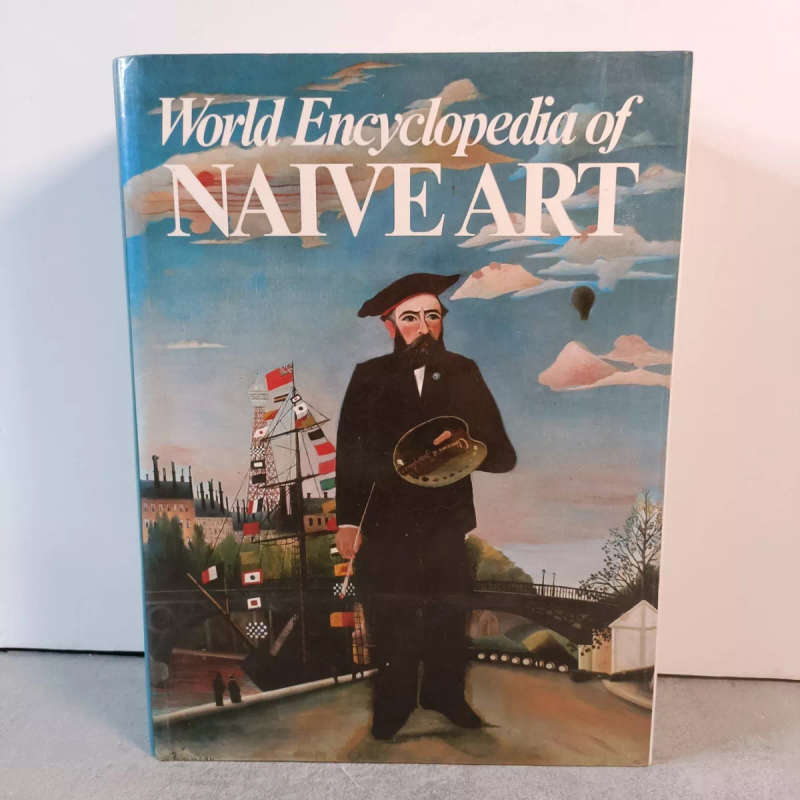
World Encyclopedia of Naive Art
Check my rate
| Main centres: | 1-3 business days |
| Regional areas: | 3-4 business days |
| Remote areas: | 3-5 business days |

| Main centres: | 1-3 business days |
| Regional areas: | 3-4 business days |
| Remote areas: | 3-5 business days |
World Encyclopedia of Naive Art - A Hundred Years of Naive Art
Chartwell Books, 1984, illustrated, index, 735 pages. hardcover, 22.5 cms x 29.3 cms x 6.2 cms, condition: as new.
Nave art first became popular at the end of the 19th century. Until that time this form of expression, created by untrained artists and characterised by spontaneity and simplicity, enjoyed little recognition from professional artists and art critics. Influenced by primitive arts, nave painting is distinguished by the fluidity of its lines, vivacity, and joyful colours, as well as by its rather clean-cut, simple shapes.
Naïve art is usually defined as visual art that is created by a person who lacks the formal education and training that a professional artist undergoes (in anatomy, art history, technique, perspective, ways of seeing). When this aesthetic is emulated by a trained artist, the result is sometimes called primitivism, pseudo-naïve art, or faux naïve art.
Unlike folk art, naïve art does not necessarily derive from a distinct popular cultural context or tradition; indeed, at least in the advanced economies and since the Printing Revolution, awareness of the local fine art tradition has been inescapable, as it diffused through popular prints and other media. Naïve artists are aware of "fine art" conventions such as graphical perspective and compositional conventions, but are unable to fully use them, or choose not to. By contrast, outsider art (art brut) denotes works from a similar context but which have only minimal contact with the mainstream art world.
Naïve art is recognized, and often imitated, for its childlike simplicity and frankness. Paintings of this kind typically have a flat rendering style with a rudimentary expression of perspective. One particularly influential painter of "naïve art" was Henri Rousseau (18441910), a French Post-Impressionist who was discovered by Pablo Picasso.